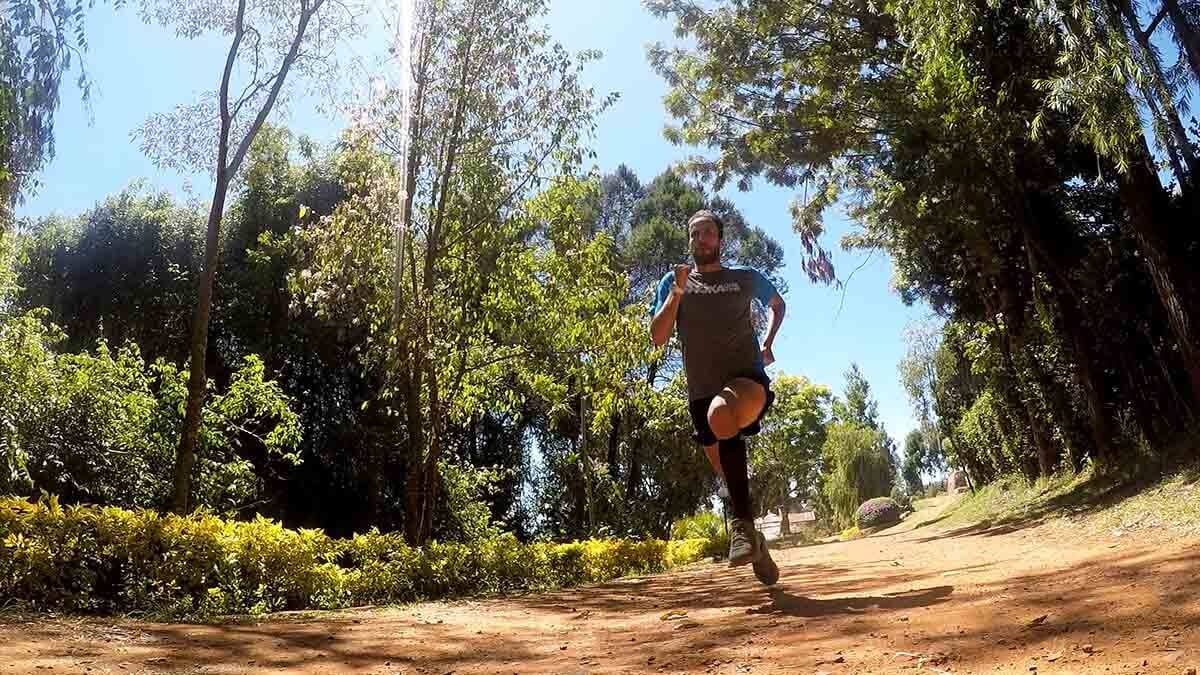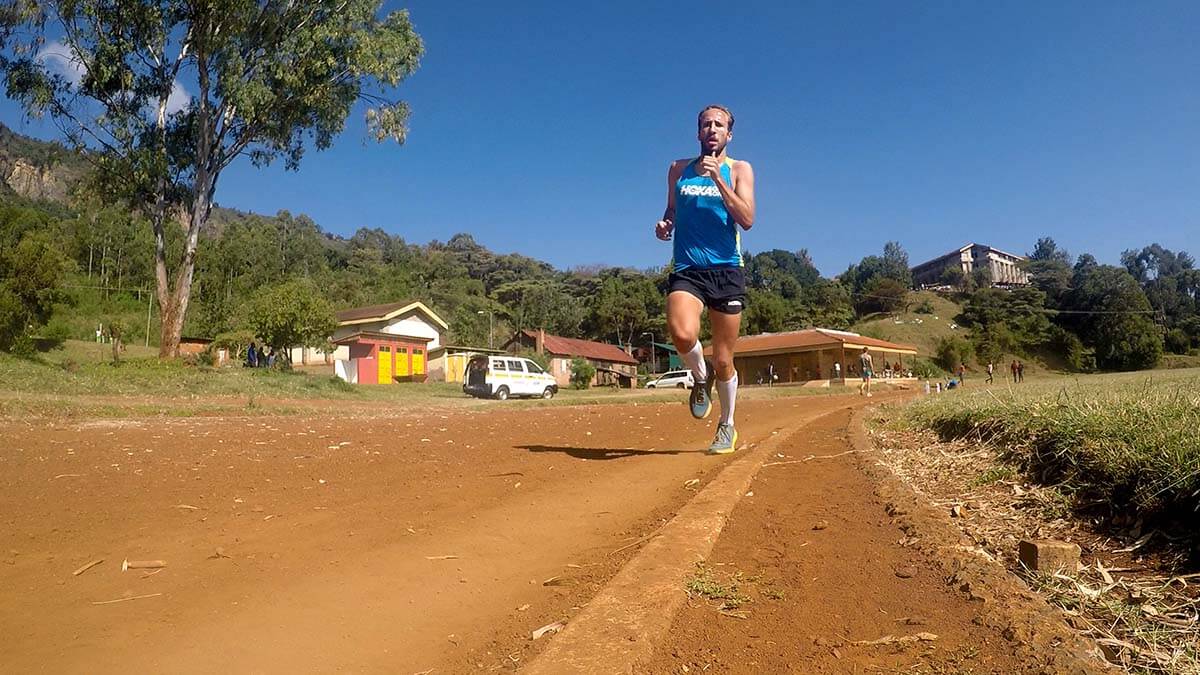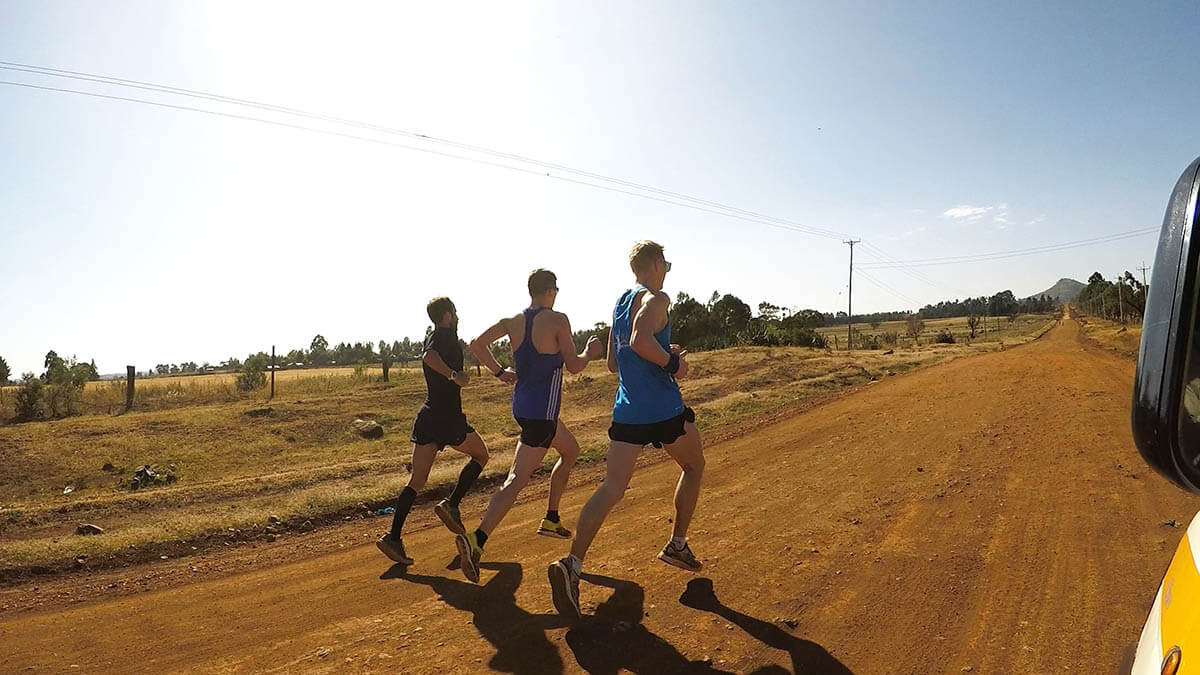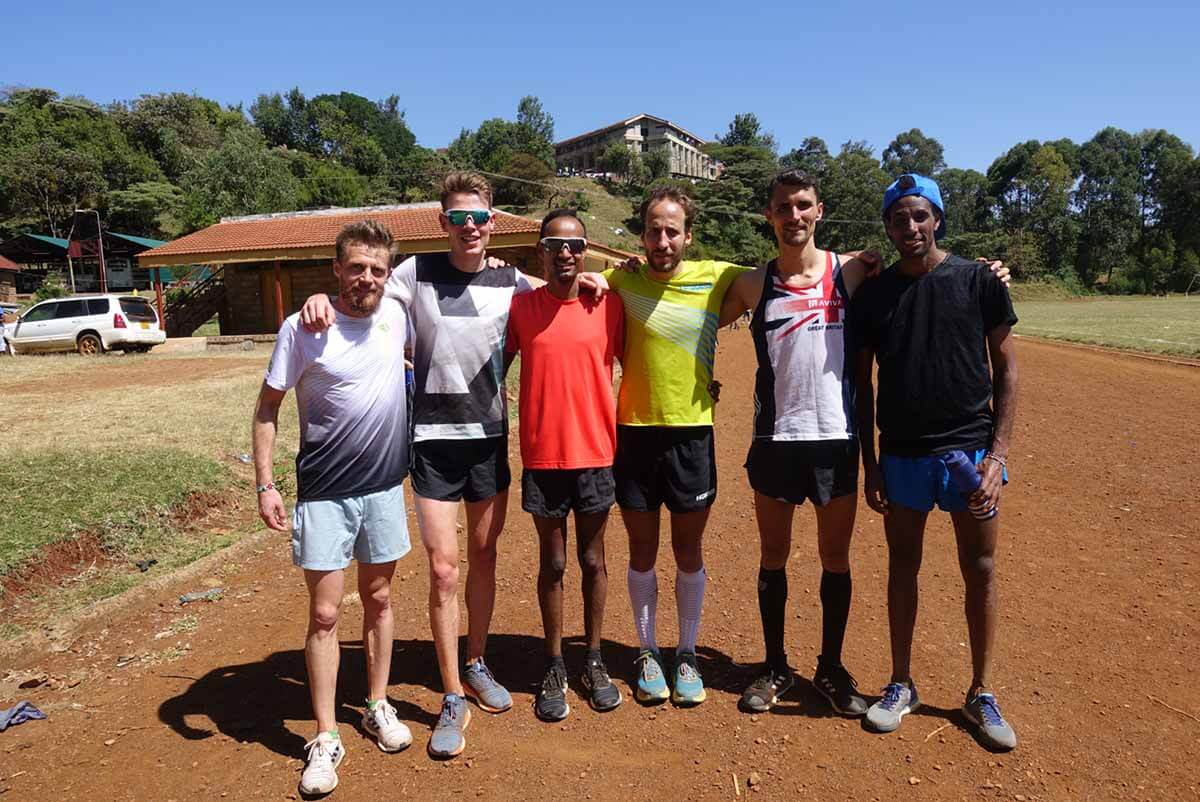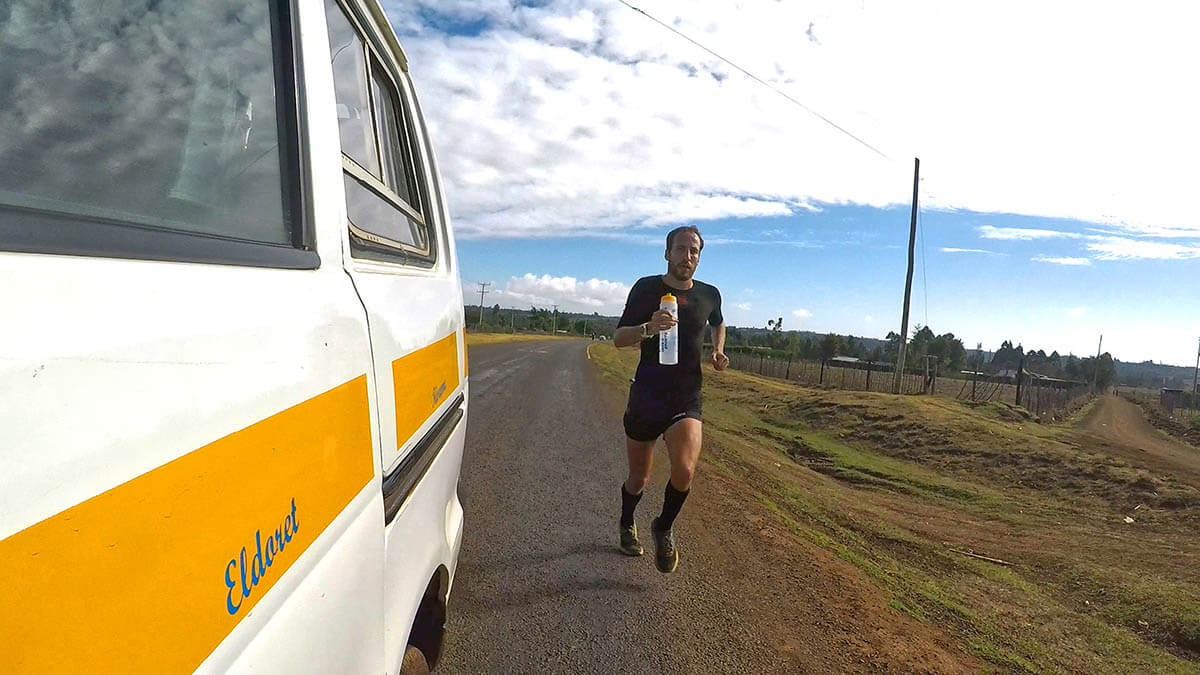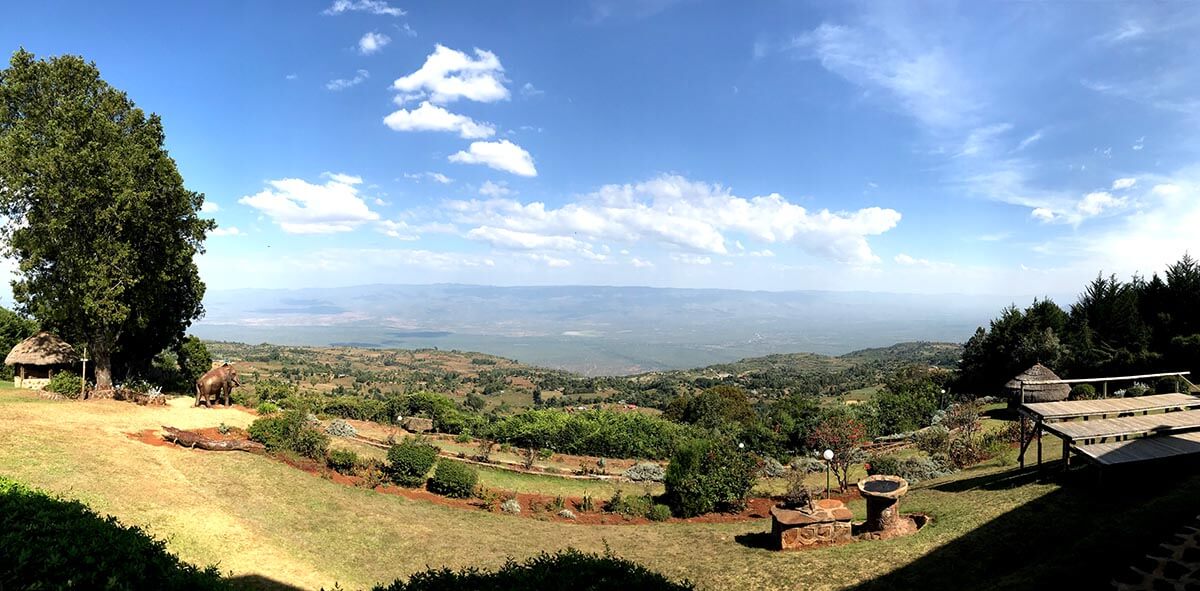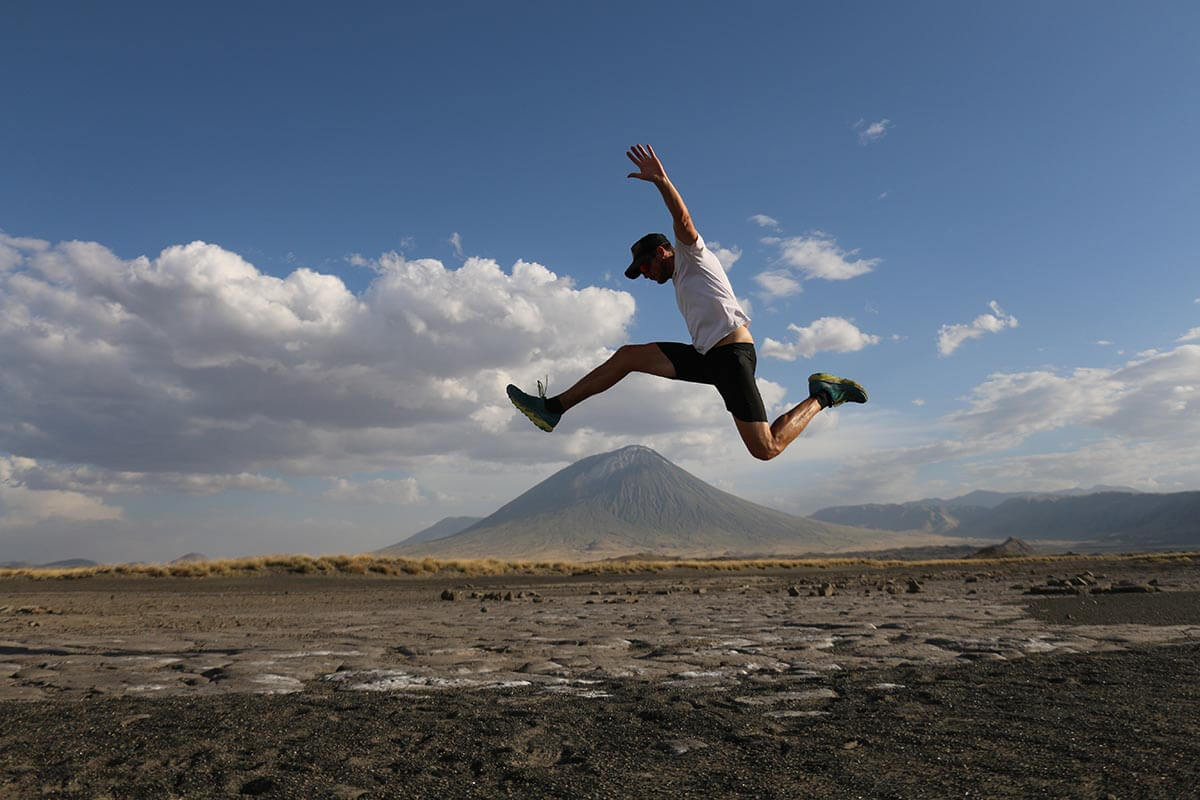
Some 19,000 years ago, people were stood in the very same spot as Simon James in Tanzania. They weren’t just standing either, they were running. Ancient footprints are exquisitely preserved in the mud, now rock. Find out more about Simon’s humbling experience and how he reconnected with the wild during his trip to Lake Natron.
We stood there in the baking sun, the temperature pushing into the mid-40s, the ground radiated immense heat. It was like standing in an oven. Towering high above us was Ol Doinyo Lengai – or ‘the Mountain of God’ – an active volcano soaring out of the Tanzanian Rift Valley to around 3,000m high.
Some 19,000 years ago, people were standing in the very same spot we were now. Not just standing, but running. Their footprints are exquisitely preserved in the mud, now rock. Their toes, even droplets of water which spilled off their feet as they ran, marked the very moments they ran through the mud.

For me, trail running is all about reconnecting with the wild. The wild is where we began and deep down it’s who we are. Running is such a simple and beautiful movement and connects us across race, culture, gender and time. It’s something hard wired in all of us, from that moment we are born and the instinctual feeling of fight or flight, to escaping our cluttered lives as adults and running out down a trail.
True definition of wild
It had taken a 14-hour flight and 7 hours in Jeeps on unmade roads to get to the location, Lake Natron, near the border with Kenya. It felt like we had landed on Mars. We ran through the tiny village of Ngare Sero, the only village on the southern shore of Lake Natron. It felt surreal and exciting to be finally running in this land. It really was the true definition of wild!

The local Maasai called out and waved as we ran past. Some even came to run with us. It was an amazing experience and one that I will treasure for a lifetime. In that moment we ran together, we ran because we all loved running, and everyone was laughing. The kids joined us and soon we were all running just because it felt good to run. We couldn’t speak Maasai, but no language was needed to convey that incredible connection made for just an instant.
Life on the edge
Life is on the edge in Ngare Sero and there is no doubt that survival for most who live here is an everyday experience. I was working with a team of very experienced leaders, facilitating students to help play a part in an international schools’ project, which aimed to provide sustainable access to food and funding for local schools.

Nothing is what it seems, though, in that part of the world. Although we were right next to the sixth-largest lake in Tanzania, it was highly toxic to humans with its high alkalinity. But because of this, it is also sanctuary to 2.5 million lesser flamingos.
Reconnecting with the wild
The volcano, which regularly erupts and destroys everything in its path, was the very reason why the footprints had been preserved. We sat with those footprints for some time. It was emotional and truly humbling.
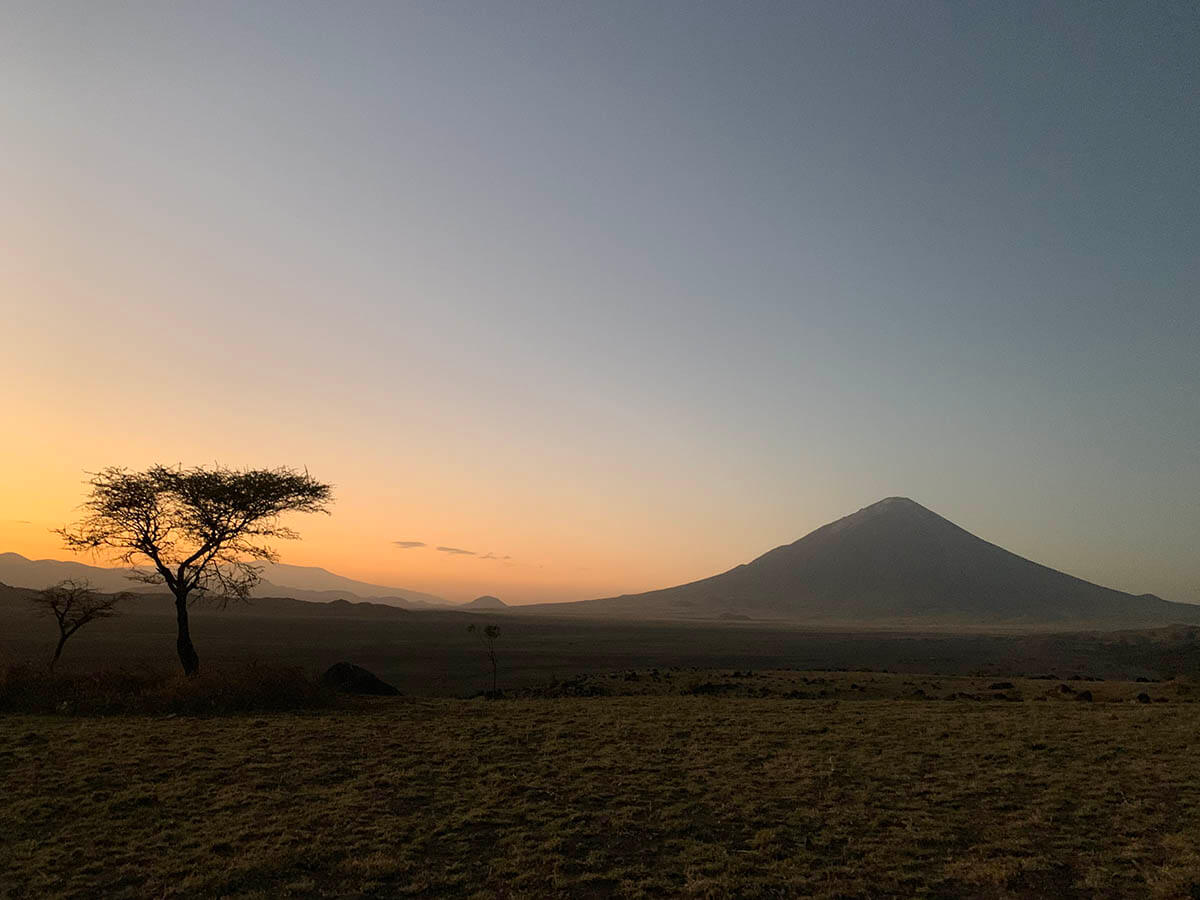
I thought back to my relationship with running, and how deeply it is part of who I am. My hands gently touched where their feet had landed in the mud. The scene that I now saw, the lake shimmering behind me in the extreme heat, the Mountain of God dominating this land, those runners would have had the same view some 19,000 years ago. For a moment, I felt we were somehow connected. The first trail runners and me.
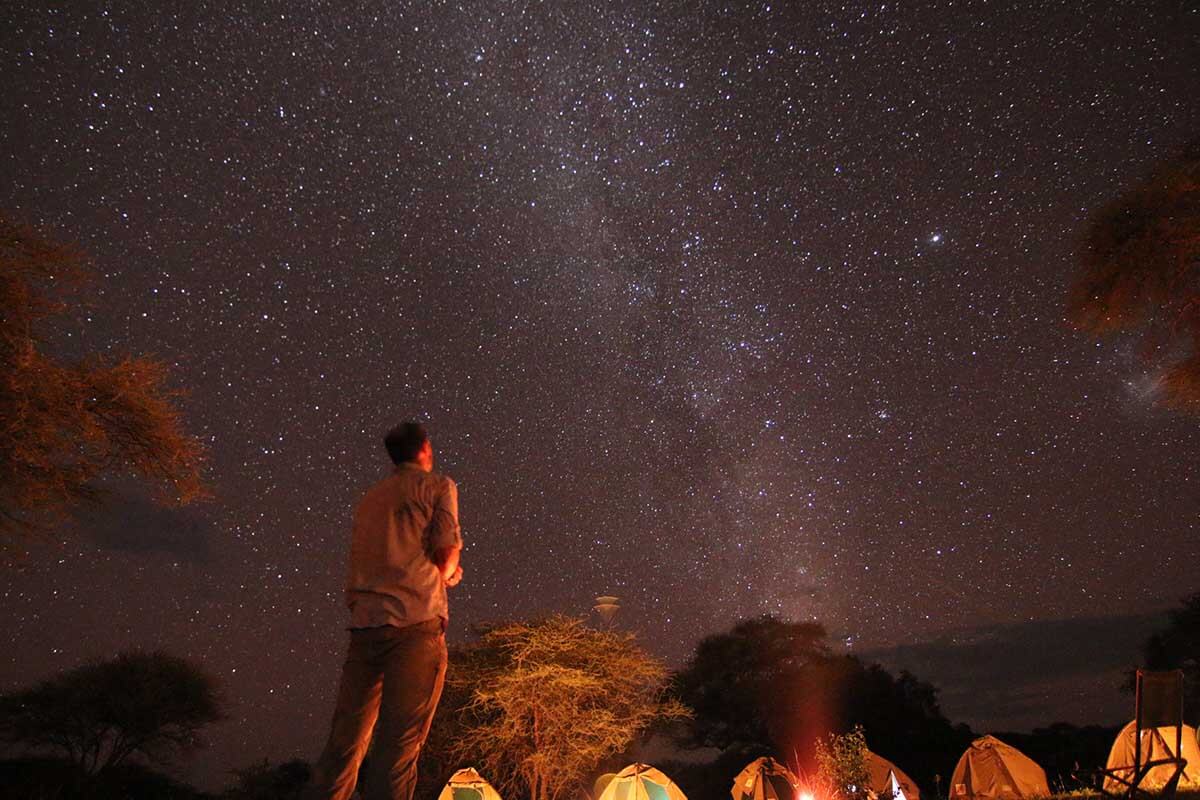
Photo credit: Simon James
Feeling inspired? Simon works full-time in the outdoor industry, looking after the day-to-day operation of Run the Wild and working as a trail running guide. In summer, he is based in Saint Gervais, at the foot of Mont Blanc, and for the rest of the year in the Chiltern Hills in the UK. Simon works on charity-based projects in Tanzania as well as leading groups up Kilimanjaro. Follow Simon and Run the Wild on Instagram and check out the website here.

